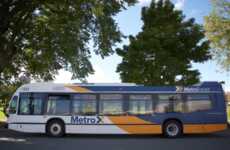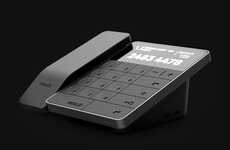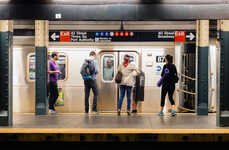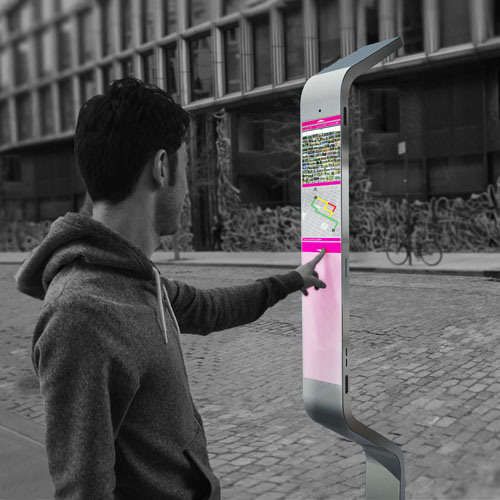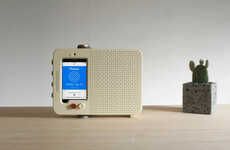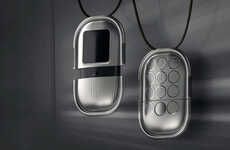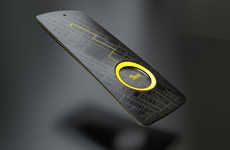
The Winning NYFi Design Turns Public Payphones to Smartphones
Andrew Sztein — March 18, 2013 — Tech
References: nycdigital.tumblr & laughingsquid
Public payphones are at something of a crossroads these days. The technology is far more obsolete than the designs you'll find in a typical smartphone, but as a matter of public safety, they're still essential in emergency situations.
With that sort of thought process in mind, New York City opened up a design contest to update public payphones in the city to a more modern design. Six designs were chosen out of 125 submissions, and from there a winning design has been chosen. The NYFi public payphones from Sage and Coombe Architects was the winner of the public vote. The winning design is a double-sided, touchscreen public phone. They also serve as free public WiFi, transit pass dispensers, bicycle share stations and of course public payphones.
The next step for the smart public payphones is to get pitched to the city council for possible integration in the city for 2014.
With that sort of thought process in mind, New York City opened up a design contest to update public payphones in the city to a more modern design. Six designs were chosen out of 125 submissions, and from there a winning design has been chosen. The NYFi public payphones from Sage and Coombe Architects was the winner of the public vote. The winning design is a double-sided, touchscreen public phone. They also serve as free public WiFi, transit pass dispensers, bicycle share stations and of course public payphones.
The next step for the smart public payphones is to get pitched to the city council for possible integration in the city for 2014.
Trend Themes
1. Smart Public Infrastructure - The NYFi public payphones demonstrate the potential for municipal infrastructure to serve multiple functions with the addition of smart technology.
2. Urban Connectivity - Public payphones are being updated with smart technology to provide free public WiFi and other amenities, paving the way for a more connected urban environment.
3. Digital Transformation of Traditional Infrastructure - The integration of smart technology into public payphones and other infrastructure is an example of how traditional infrastructure can be transformed to meet modern needs and expectations.
Industry Implications
1. Telecommunications - The integration of public payphones with smart technology presents an opportunity for telecommunications companies to provide new services and expand their customer base.
2. Smart Cities - The updated public payphones in New York City are a part of a larger trend towards developing smart cities that use technology to improve public services and infrastructure.
3. Municipal Services - Integrating public payphones with smart technology could enable municipalities to provide a wider range of services to residents and visitors, such as transit pass dispensers and bike share stations.
2.9
Score
Popularity
Activity
Freshness


